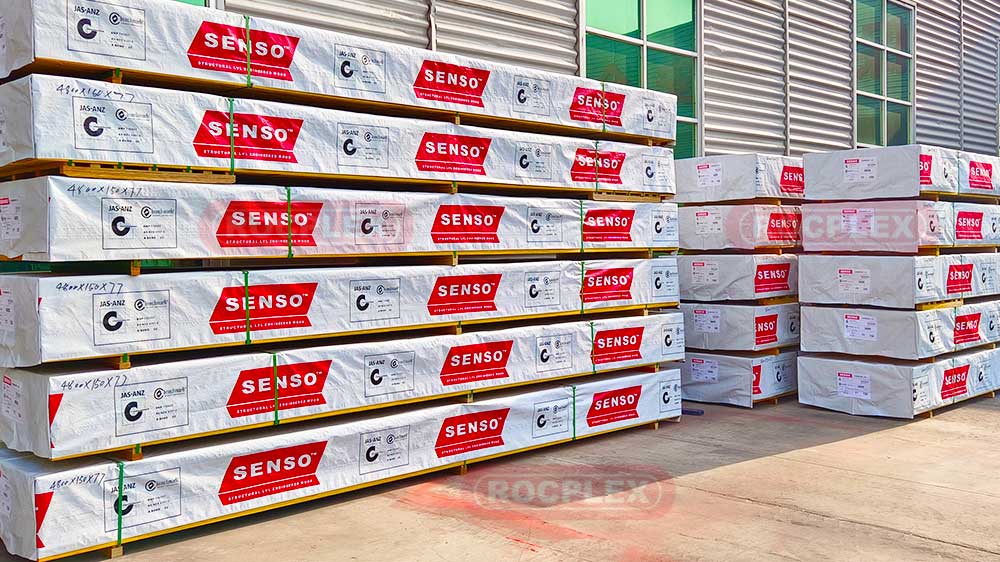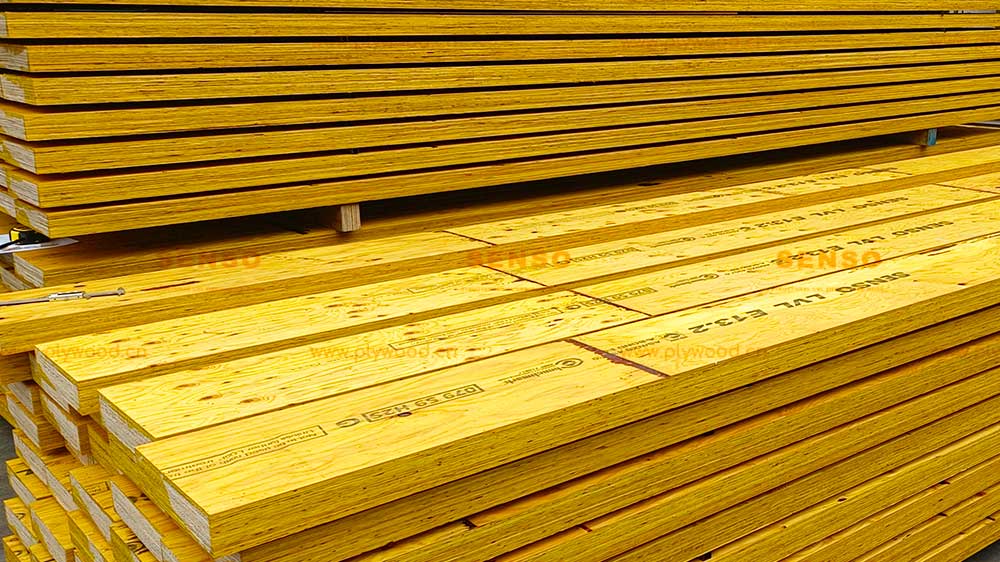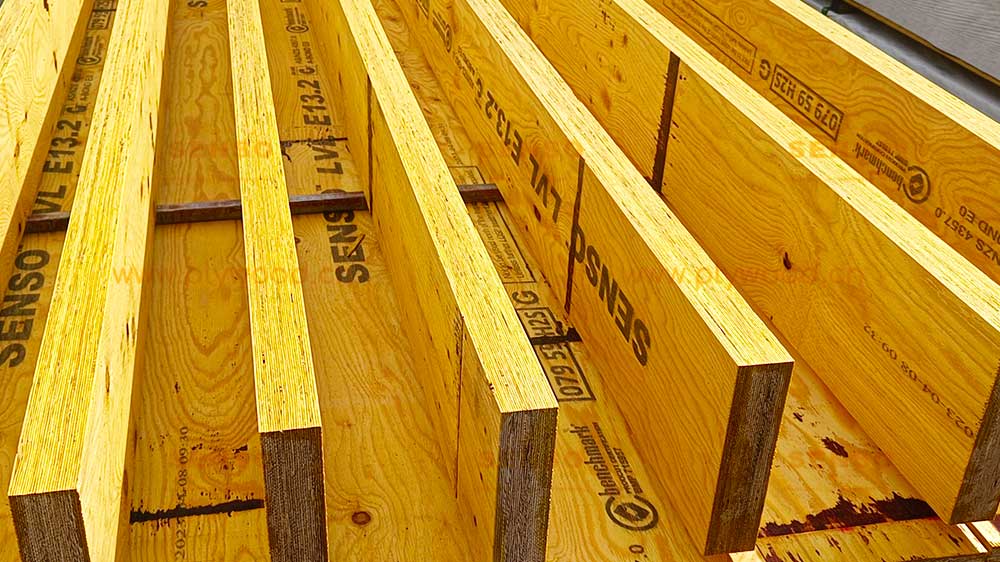What is a Beam of Wood?
A beam of wood is a fundamental element in construction, serving as a primary load-bearing component in structures. It spans across spaces, carrying and distributing weight to support floors, roofs, and walls. Beams of wood can be solid timber or engineered, such as Laminated Veneer Lumber (LVL) beams, each offering unique strengths and applications.
The Role of Wood Beams in Construction
Wood beams, including LVL beams and traditional wooden beams, play a pivotal role in construction. They provide the necessary support to ensure the stability and integrity of buildings. Their ability to bear loads and distribute weight evenly is essential in preventing structural failures.
Beam of Wood Types
- Solid Wood Beams:Traditional and robust, these beams are cut from a single piece of wood.
- LVL Beams:Engineered for strength, LVL beams are made by bonding layers of wood veneers together.
- Glulam Beams:These beams are manufactured by gluing multiple layers of wood together, providing flexibility in shapes and sizes.
Advantages of Using Wood Beams
- Sustainability:Wood is a renewable resource, making it an eco-friendly choice for construction.
- Aesthetic Appeal:Wood beams add warmth and natural beauty to interiors, enhancing the architectural design.
- Versatility:Available in various types and sizes, wood beams can be used in a wide range of applications, from residential homes to commercial buildings.
Challenges and Solutions
While wood beams are advantageous, they also face challenges such as susceptibility to moisture and pests. However, treatments and proper maintenance can effectively address these issues, ensuring the longevity and durability of wood beams in construction.
Innovative Applications of Wood Beams
Wood beams, particularly LVL beams, are increasingly used in innovative construction projects. Their strength and versatility make them ideal for complex structures and designs. Architects and engineers are exploring new ways to incorporate wood beams into modern architecture, pushing the boundaries of traditional construction.
Case Studies: Success Stories
- Residential Projects:Wood beams are commonly used in homes for their aesthetic appeal and structural support. They are often exposed in ceilings to add character to living spaces.
- Commercial Buildings:In commercial settings, wood beams can be found in large spaces like warehouses or retail stores, where they provide essential support while maintaining an open, airy feel.
The Future of Wood Beams in Construction
The future of wood beams, especially LVL beam, looks promising. As the construction industry continues to prioritize sustainability and innovation, the demand for wood beams is expected to rise. Advances in engineering and technology will further enhance their performance, making them an even more attractive choice for builders and architects.
Embracing Sustainable Practices
Sustainability is a key trend in construction, and wood beams align perfectly with this movement. By choosing responsibly sourced wood and using efficient manufacturing processes, the industry can reduce its environmental impact while still benefiting from the strength and beauty of wood beams.
Technological Advancements
Technology plays a crucial role in the evolution of wood beams. From computer-aided design (CAD) to advanced manufacturing techniques, these innovations are making wood beams more precise, reliable, and versatile than ever before.
Preserving the Legacy of Wood Beams
Wood beams have a long history in construction, serving as the backbone of structures for centuries. Preserving the legacy of wood beams, especially in historic buildings, is crucial. Restoration and conservation efforts ensure that these timeless elements continue to showcase their beauty and strength.
Restoration Techniques
- Reinforcement:Adding steel plates or rods to strengthen weakened beams.
- Repairing Damage:Filling cracks or replacing deteriorated sections with new wood.
- Protective Coatings:Applying treatments to protect against moisture, insects, and decay.
Challenges in Preservation
Preserving historic wood beams can be challenging due to factors like age, environmental exposure, and previous modifications. However, with careful assessment and expert techniques, these challenges can be overcome, allowing the beams to continue to tell their stories for generations to come.
Advancements in Engineered Wood Beams
Engineered wood beams, such as LVL beams, represent a significant advancement in construction materials. They offer superior strength, stability, and consistency compared to traditional solid wood beams.
Manufacturing Innovations
- Precision Engineering:Computer-controlled processes ensure precise dimensions and consistent quality.
- Improved Adhesives:Developments in adhesive technology enhance the bond strength and durability of engineered beams.
Benefits of Engineered Wood Beams
- Greater Load Capacity:Engineered beams can support heavier loads over longer spans.
- Resistance to Warping and Twisting:The manufacturing process reduces natural defects, resulting in straighter, more stable beams.
- Environmental Efficiency:Utilizing smaller, fast-growing trees reduces the impact on old-growth forests.
Incorporating Wood Beams in Modern Design
Wood beams, including both traditional and engineered varieties, are being creatively incorporated into modern architectural designs. They offer a blend of natural beauty and structural functionality that enhances contemporary spaces.
Innovative Design Ideas
- Open-Concept Spaces:Exposed wood beams add warmth and character to open-plan living areas.
- Industrial Chic:Combining wooden beam with metal and concrete elements creates a trendy, industrial aesthetic.
- Biophilic Design:Integrating wood beams in designs that connect occupants with nature promotes well-being and sustainability.
Case Studies: Modern Applications
- Residential Lofts:In urban lofts, wood beams serve as a focal point, adding texture and interest to the space.
- Commercial Offices:In office buildings, wood beams can be used to define spaces and add a touch of warmth to the work environment.
Wood Beams and Sustainability
Sustainability is a key consideration in the use of wood beams in construction. Responsible sourcing, efficient use of materials, and recycling are important aspects of ensuring that wood beams contribute to eco-friendly building practices.
Responsible Sourcing
- Certification:Look for wood beams from forests certified by organizations like the Forest Stewardship Council (FSC), which ensures sustainable forestry practices.
- Local Sourcing:Using locally sourced wood reduces the carbon footprint associated with transportation.
Recycling and Reuse
- Reclaimed Wood Beams: Salvaging beams from old buildings for use in new construction is an excellent way to recycle and preserve history.
- Repurposing: Old wood beams can be repurposed into furniture, flooring, or other decorative elements, extending their life and reducing waste.
The Impact of Wood Beams on Construction Costs
The cost of wood beam, whether traditional or engineered, can vary depending on factors such as material, size, and availability. While solid wood beams may be more expensive due to their natural aesthetic, engineered beams like LVL offer cost-effective solutions for projects requiring long spans and high load capacities.
Cost Comparison
- Initial Investment:Engineered wood beams may have a higher initial cost but can provide savings in the long run due to their strength and durability.
- Maintenance Costs:Properly treated and maintained wood beams have lower long-term maintenance costs, contributing to their overall cost-effectiveness.
Wood Beams and Building Codes
Compliance with building codes is crucial when using wood beams in construction. These regulations ensure that the beams meet safety and performance standards, providing a safe environment for occupants.
Key Considerations
- Load-Bearing Capacity:Wood beams must be able to support the designated loads, including dead loads (permanent fixtures) and live loads (temporary weight from occupants and furniture).
- Fire Resistance:Depending on the application, wood beams may need to meet specific fire resistance ratings to slow the spread of flames and smoke.
- Seismic Performance:In earthquake-prone areas, wood beams must be designed to withstand seismic forces, ensuring the structure’s stability during tremors.

The Role of Wood Beams in Green Building
Wood beams play a significant role in green building practices. Their natural properties, coupled with sustainable forestry and manufacturing processes, contribute to the creation of environmentally friendly structures.
Eco-Friendly Attributes
- Carbon Sequestration:Trees absorb carbon dioxide during their growth, and this carbon remains stored in the wood beams, reducing the overall carbon footprint of the building.
- Energy Efficiency:Wood has natural insulating properties, which can help reduce energy consumption for heating and cooling.
- Renewability:As a renewable resource, wood can be replenished through sustainable forestry practices, making it a more sustainable choice compared to non-renewable materials like steel and concrete.
Wood Beams in Restoration and Retrofitting
Wood beams are not only used in new construction but also play a vital role in the restoration and retrofitting of existing buildings. They can be used to reinforce old structures, replace damaged beams, or add aesthetic value to renovations.
Retrofitting for Energy Efficiency
- Insulation:Adding insulation around wood beams can improve the thermal performance of older buildings.
- Sealing Gaps:Ensuring that the areas around wood beams are properly sealed can prevent air leaks, further enhancing energy efficiency.
Aesthetic Restoration
- Revealing Hidden Beams:In some renovations, wood beams that were previously hidden behind ceilings or walls are exposed to add character and warmth to the space.
- Refinishing:Sanding and refinishing old wood beams can restore their original beauty, making them a focal point in the design.
Beam of Wood FAQs
What is a beam of wood?
A beam of wood is a structural element used in construction to support loads and span across spaces. It can be made from solid wood or engineered materials like LVL.
What size is a wood beam?
The size of a wood beam depends on its intended use and the load it needs to support. Beam sizes can vary widely, from small beams used in residential construction to large beams for commercial projects.
How much is a beam of wood?
The cost of a wood beam depends on factors such as the type of wood, size, and whether it’s solid or engineered. Prices can range from a few dollars per linear foot to several hundred dollars for large, specialty beams.
Is it wood beam or wooden beam?
Both “wood beam” and “wooden beam” are correct terms and are often used interchangeably. “Wood beam” is more commonly used in a construction context, while “wooden beam” may be used in more general or descriptive contexts.
Why use wood beams?
Wood beams are used for their strength, aesthetic appeal, and sustainability. They provide structural support, add warmth and character to spaces, and are a renewable resource with a lower environmental impact compared to some other construction materials.
Including variants like LVL beams and wooden beams, continue to be a vital component in construction. Their versatility, aesthetic appeal, and sustainability make them a preferred choice for various applications, from residential homes to commercial buildings. As the construction industry evolves, the integration of wood beams in modern design, adherence to building codes, and emphasis on green building practices will remain essential in ensuring their ongoing relevance and contribution to sustainable, efficient, and beautiful structures.
Post time: Apr-07-2024



